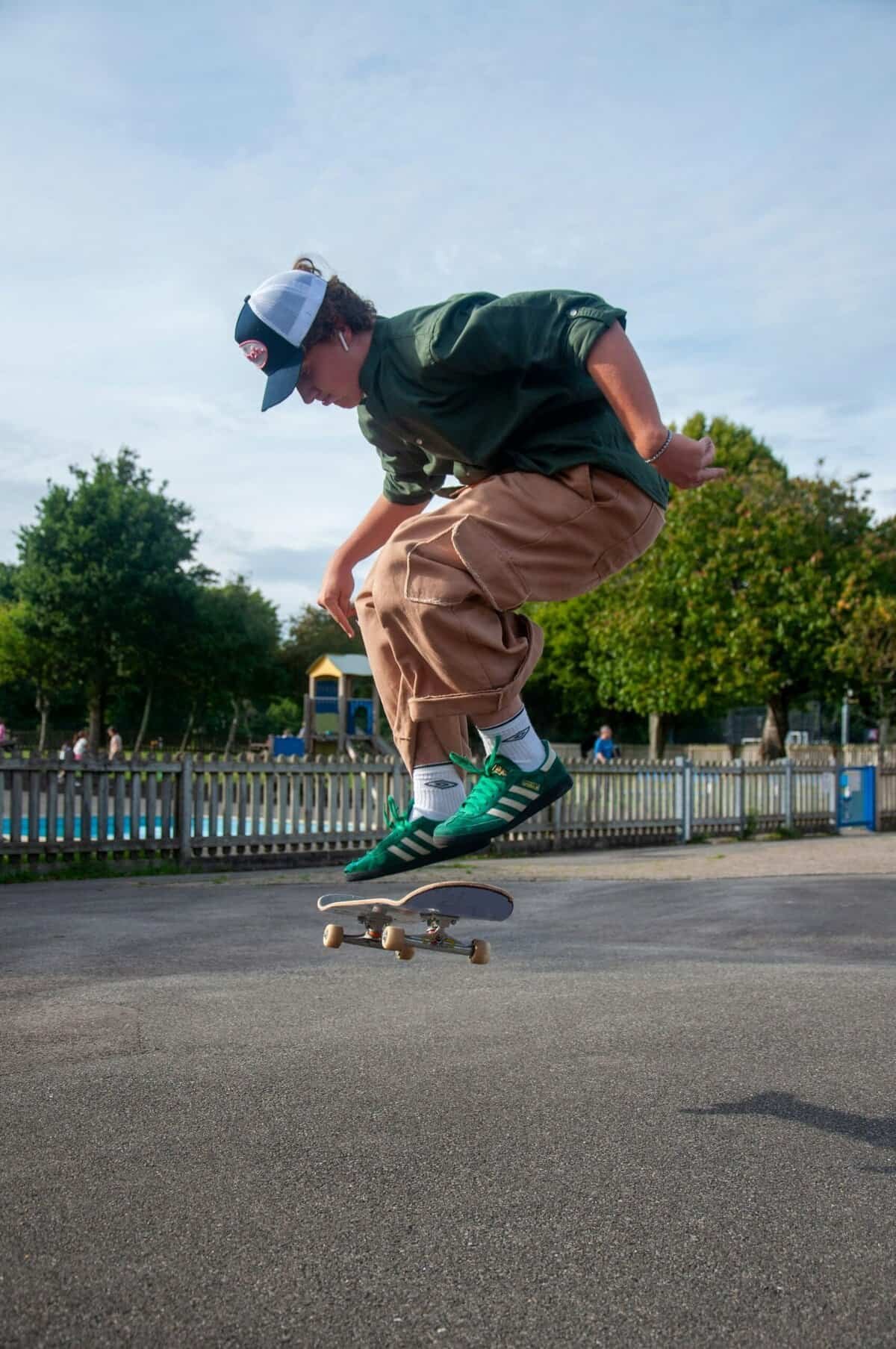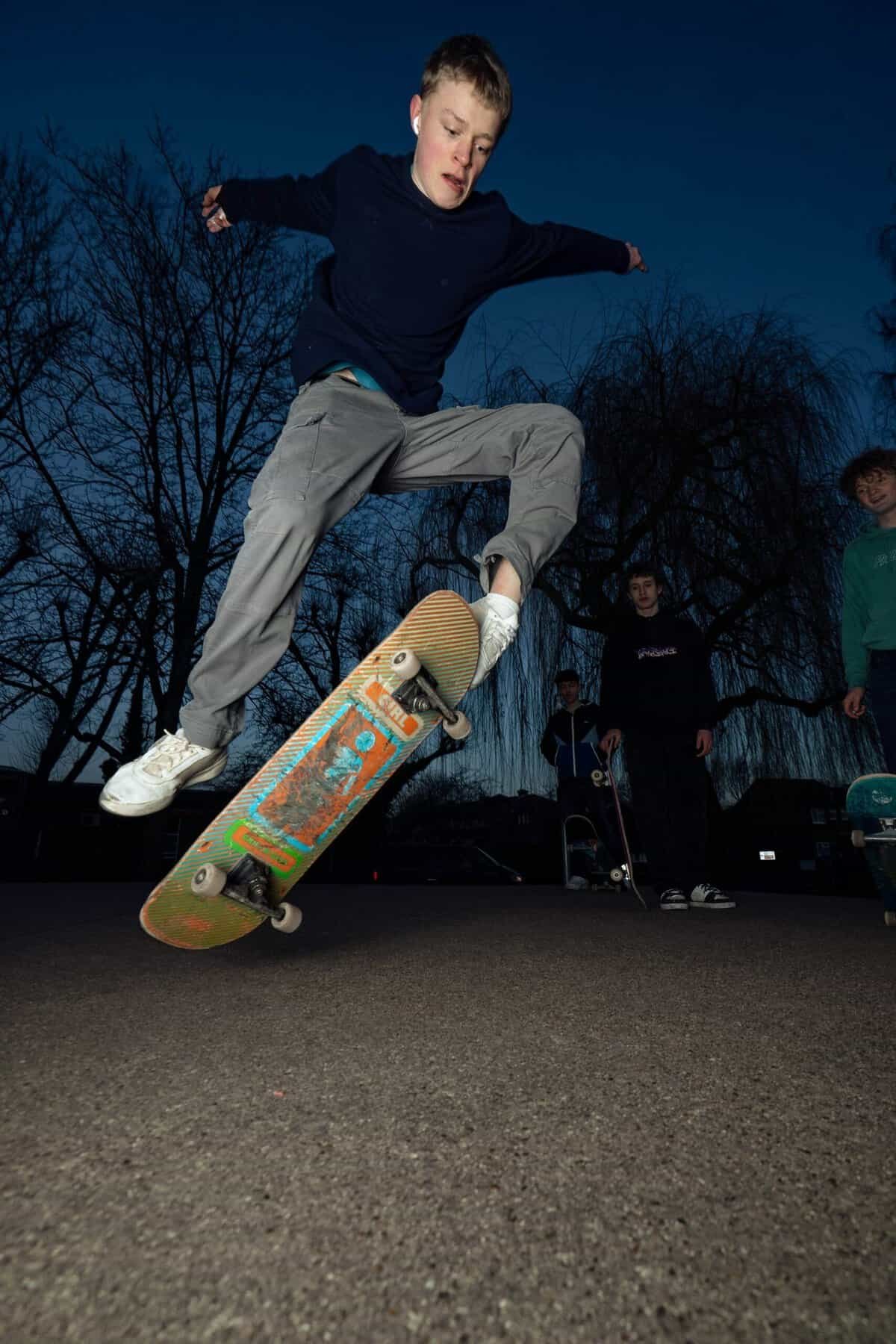Have you ever wondered what steps to take next in your skateboarding journey to enhance your skills? You’re no longer a beginner, but you haven’t quite reached pro status either. Fear not! This article will guide you through some of the best tricks for intermediate skateboarders looking to up their game. With a friendly and approachable tone, let’s break down these advanced maneuvers and provide you with the tips and tricks you need to master them.
Understanding Your Current Skill Level
Before jumping into new tricks, it’s essential to evaluate your current abilities. At the intermediate level, you should have a good grasp of the basics like ollies, kickflips, and manual tricks. It’s crucial that these fundamental skills are second nature, as they will act as building blocks for more advanced moves. Ask yourself: Are you confident and consistent with your foundational tricks? If the answer is yes, it’s time for something new!
The Importance of Proper Equipment
The right equipment can significantly impact your learning curve and confidence. While skill is vital, using the right skateboard setup will play a big part in helping you execute tricks smoothly. Make sure your board is in good condition, your trucks are adjusted to your liking, and your wheels offer the grip you need. Having equipment that matches your skating style can make all the difference.
| Component | Recommendation |
|---|---|
| Board | Durable deck, medium concave |
| Trucks | Properly tightened, suited to board width |
| Wheels | 52-54mm, suitable hardness for your terrain |
| Bearings | Regularly cleaned and oiled for smooth riding |

Mastering the Powerslide
What is the Powerslide?
The powerslide is a stylish way to bring your board to a halt by sliding the wheels across the ground perpendicular to the direction you’re traveling. It looks impressive and helps improve your control over the board, especially at higher speeds. Once mastered, it’s an invaluable trick for both style and safety.
Learning to Powerslide
Speed Control: Start by gaining a moderate amount of speed. Too little speed won’t allow a proper slide, and too much can make practicing initially daunting.
Foot Placement: Keep your front foot near the front bolts and use your back foot to control the angle and pressure of the slide.
Turning the Board: Shift your weight slightly to your heels and twist your shoulders in the direction you want to slide. This will cause your back wheels to kick out sideways.
Balancing the Slide: Control the slide by adjusting the pressure between your heels and toes. Stay relaxed to maintain balance.
Recovering from the Slide: Once the slide has been executed, square your shoulders with the board’s direction to regain control and continue riding.
Nailing the Heelflip
Introduction to the Heelflip
The heelflip is the cousin to the kickflip but uses the heel to flip the board in the opposite direction. It’s a staple among street skaters and gives you an impressive trick to show off.
Steps for the Heelflip
Foot Placement: Position your front foot straight across the deck with your toes hanging slightly off the edge. Your back foot should be placed on the tail like an ollie.
Performing the Ollie: Begin the trick with a standard ollie motion, popping the tail and sliding your front foot forward.
Flipping the Board: As your front foot slides forward, use your heel to flick the edge of the board, causing it to rotate.
Catching the Flip: Stay centered over the board as it spins, spotting it for the catch. Use your back foot to stop the flip, allowing both feet to land on the bolts.
Landing: Absorb the impact with your knees, keeping your balance to maintain smooth landing.

Conquering the 360 Flip
Breaking Down the 360 Flip
Also known unmistakably as a “tre flip,” this trick combines a kickflip with a 360-degree shuvit. It’s a challenging trick that showcases your ability but requires a solid foundation in both pop shuvits and kickflips.
How to Practice the 360 Flip
Foot Setup: Position your back foot as though you’re going to pop a shuvit, while your front foot should be set like a kickflip, angled diagonally toward the nose.
Pop and Scoop: Use your back foot to pop the tail while scooping it around. Simultaneously, use your front foot to perform a kickflip.
Watching the Spin: Keep your eyes on the board throughout the trick, timing the catch as it completes its rotation.
Catch and Land: Use your back foot to catch the board mid-air, guiding it down to the ground with your front foot.
Ride Away Cleanly: Absorb the landing and continue riding smoothly. Practice timing and precision to make this trick second nature.
Perfecting the Bluntslide
Understanding the Bluntslide
The bluntslide is a stylish slide where the tail of the skateboard is placed over the rail or ledge while the front wheels are suspended in the air. It requires balance and precision but lends an impressive aesthetic to your trick arsenal.
Steps to Bluntslide
Approach: Skate towards the ledge or rail at a slight angle. A controlled speed is imperative.
Setup: As you near the obstacle, perform an ollie while shifting your weight toward the back truck.
Positioning the Tail: Place the tail on the obstacle with the nose angled upwards. Your front foot should be lifted to allow the board’s rotation.
Sliding: Keep your weight centered over the tail, allowing the slide to continue smoothly. Your upper body should guide the movement.
Exit the Slide: As you near the obstacle’s end, lift the nose gently to come back onto all four wheels, riding away with ease.

Why Practice is Key
Progress in skateboarding, like with any skill, requires continuous practice. Be patient and willing to take falls and setbacks as learning experiences. The more you practice, the more intuitive these tricks will become. Remember, everyone progresses at their own pace, so focus on your personal growth and not just comparisons with others.
Structured Practice Sessions
A well-organized practice routine can accelerate your learning process. Consider splitting your session into the following components:
| Session Part | Focus |
|---|---|
| Warm-Up | Basic tricks, stretches, flexibility |
| Trick Exploration | Learning and experimenting with new tricks |
| Consistency Building | Repetition of known tricks |
| Cool Down | Easy cruising, reflection on session’s progress |
Staying Safe While Practicing Tricks
While you hone your skills, safety must remain a priority. Skateboarding is an exhilarating sport, but injuries can happen if you’re not careful.
Safety Tips
- Use Protective Gear: Helmets, knee pads, elbow pads, and wrist guards can reduce injury risk.
- Inspect Your Equipment: Regularly check that your skateboard is in good condition.
- Be Aware of Your Surroundings: Whether in a skate park or street, ensure the area is clear and safe to practice.
- Warm-Up: A proper warm-up can prevent muscle strains and enhance performance.

Connecting with the Skateboarding Community
There’s a unique culture and camaraderie within the skateboarding community. Engaging with fellow skaters can provide motivation, guidance, and friendship.
Ways to Connect
- Join Local Skate Groups: Many communities have local skating groups or clubs for enthusiasts.
- Visit Skate Parks: These are great places not just for practice but for meeting others.
- Online Communities: Engage with skateboarding forums and social media groups.
Setting Goals and Tracking Progress
Establishing clear goals can help you stay motivated and focused. Decide which tricks you want to master and set achievable milestones.
Goal-Setting Tips
- Set SMART Goals: Specific, Measurable, Achievable, Relevant, Timely.
- Celebrate Small Wins: Recognize progress even in small achievements.
- Maintain a Skate Journal: Documenting your practice can help in identifying areas for improvement.

Enjoy Your Skateboarding Journey
Above all, skateboarding should be fun and fulfilling. Enjoy the process of learning, progressing, and achieving new skills. Embarking on this journey offers both personal growth and endless enjoyment. Keep pushing your limits and celebrating every accomplishment, big or small.
Now that you have a roadmap for progressing as an intermediate skateboarder, it’s time to hit the pavement with renewed enthusiasm and dedication. Remember, each trick mastered brings you one step closer to becoming the skateboarder you aspire to be. So get out there, practice safely, and enjoy every moment on your board.
